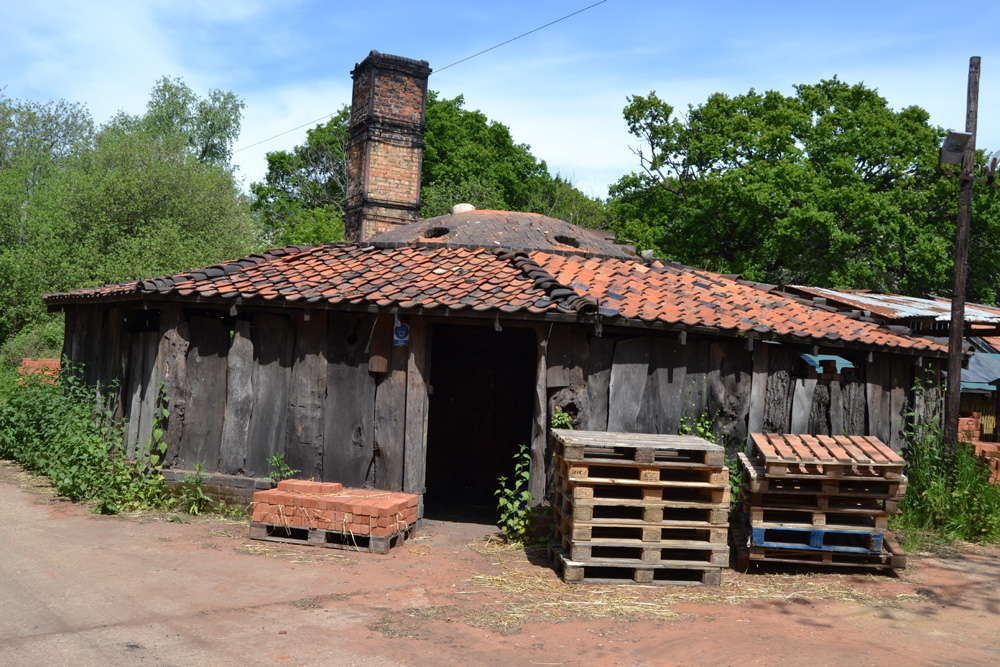
Want to capitalise on heritage building work? The unique training facility at the Weald & Downland Museum can help.
Take a closer look at the streetscapes of our towns and cities and layers of history will reveal themselves. Our built environment speaks eloquently of the past, and it only takes a little knowledge to understand it – and best of all there’s a profit to be made in the learning. There are an estimated 500,000 listed buildings in the UK, and approximately 4.9 million dwellings in England were built before 1919, representing one fifth of the total number of properties. According to Historic England, in 2017 alone the repair and maintenance of such properties directly generated £9.6 billion in construction sector output in England, and that’s something that builders can easily unlock for themselves.
“We often get tradespeople coming onto our courses who have taken on a specific job, or have been asked to do something for a particular client that they might not be completely sure of,” says Lucy Hockley, Cultural Engagement Manager at the Weald & Downland Museum. “That’s why many are designed to be fairly short duration in order to provide the flexibility a working tradesperson might demand, so they can get up to speed quickly. They can build up the knowledge bank that they want, by undertaking blocks of one, three or five days over whatever time suits.”
Whilst the principles will be broadly similar, the subtle nuances that lime plasters and mortars, or brick conservation, will demand might be beyond the existing skill-set of a plasterer or bricklayer, but the Weald & Downland has experts in the field to reveal their mysteries, but its mission is much more than just education.
“The courses were developed from direct feedback from our visitors,” says Lucy, “and what they saw and found interesting here. This is a living museum, where the fabric of the building is appreciated, but integral to that is an understanding of how it’s been used throughout the ages. A demonstration of just how far we have taken that ethos is our 17th-Century water mill, for which an extensive pond was created in order for its wheel to turn and fulfil its original function of manufacturing flour. Alongside that, our training provision helps to preserve the building industry’s knowledge of the traditional techniques that in turn keep these properties alive.”
All of the 54 exhibit structures at the 40-acre site were endangered in their original location, and had to be painstakingly removed and then rebuilt. “If you take, for instance, our bakehouse and thatched roof dairy, which is presently undergoing re-construction, these would have been the victims of a road widening scheme near Tonbridge,” Lucy explains. “Now that they’ve been saved, we’ve had local craftsmen restoring the thatched roofs and lime plasters to their original condition, and it is this kind of work that attendees can see in action.”
Moreover, the museum collection includes a brick-drying shed dating from 1733, and a 19th Century horse-powered pugmill for the preparation of clay prior to its drying and firing. There’s a fully reconstructed carpenter’s workshop, a similar plumber’s space nearby and a nationally important collection of tools for every conceivable trade. All of which means that builders can not only learn to repair and maintain the historic properties they’re working on, but how their forebears would have constructed them in the first place.
![]()
Courses run all year round and range from a one-day introduction to building conservation to timber frame, practical thatching, brickwork repair and much more. The Jerwood Gridshell Space is a stunning RIBA award-winning, Stirling Prize nominated oak lath structure, providing a vast workshop where timber-framed buildings can be laid out for conservation. That’s complemented by an open air rural crafts facility, whilst work can also be undertaken on any of the buildings at the Museum that are themselves under repair. Teaching is conducted by leading practitioners in the field, including the likes of Gerard Lynch, an internationally acknowledged master brickmason and historic brickwork consultant, whilst the museum’s extensive collection of artefacts informs students of the practice of traditional craft skills still further.
Originally founded by Dr. J.R. Armstrong MBE, the Weald & Downland Museum is this year celebrating its 50th anniversary. Since then the collection has been painstakingly brought together by subsequent generations of expert conservators, with 950 years of history now represented on the site. In those five decades our appreciation of past treasures has been transformed, and today heritage building work is big business, and it is a part of the building industry which is growing, particularly with the increased focus on sustainable building techniques.
There is a direct correlation between ‘green building’ and traditional craft skills, in the use of local and natural materials, whilst listed buildings and period properties can also command a premium on the open market.
“The Weald and Downland Museum exists not just as a teaching facility but as an inspiration,” says Lucy. “We’ve had tradespeople who’ve come here to look at the artefacts because they might have parents and grandparents in the trades who’ve used those very tools, whilst many of the exhibits are designed so that the structure of the building itself is on display. We want the buildings themselves to come alive whilst also preserving for posterity the skills that will maintain them.”
![]()







